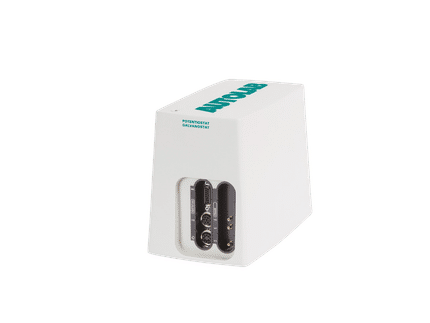To use all functions of this page, please activate cookies in your browser.
my.chemeurope.com
With an accout for my.chemeurope.com you can always see everything at a glance – and you can configure your own website and individual newsletter.
- My watch list
- My saved searches
- My saved topics
- My newsletter
Oxazolidine
Oxazolidine is a five-membered ring compound consisting of three carbons, a nitrogen, a hydrogen, and an oxygen. The oxygen and NH are the 1 and 3 positions, respectively. In oxazolidine derivatives, there is always a carbon between the oxygen and the nitrogen (or it would be an isoxazolidine).[1][2] All of the carbons in oxazolidines are reduced (compare to oxazole and oxazoline). Some of their derivatives, the oxazolidinediones, are used as anticonvulsants. Product highlight
BisoxazolidinesBisoxazolidines have two oxazolidine rings, and they are used as reactive diluents in polyurethane paints. The rings hydrolyze in the presence of moisture into amine and hydroxyl groups, which can then bind with diisocyanates to form the coating.[3] IsoxazolidinesIn an isoxazolidine nitrogen and oxygen occupy positions 1 and 2 in the ring: It is the saturated relative of Isoxazole. See also
ReferencesCategories: Oxygen heterocycles | Nitrogen heterocycles |
|||||||||||||||||||||||
| This article is licensed under the GNU Free Documentation License. It uses material from the Wikipedia article "Oxazolidine". A list of authors is available in Wikipedia. | |||||||||||||||||||||||







